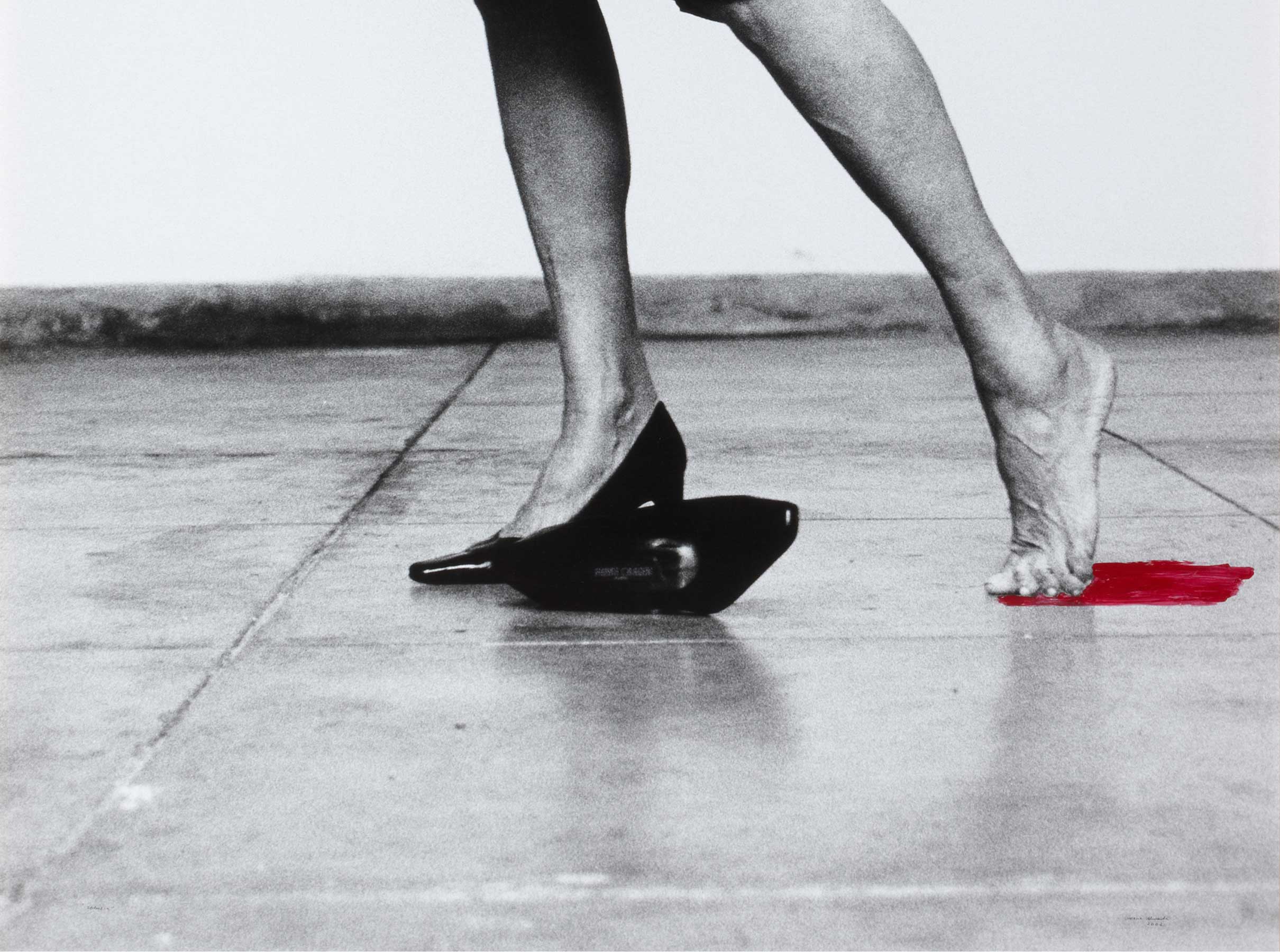Antonio Romero Ortiz
- 1883
- Oil on canvas
- 125 x 103 cm
- Cat. P_212
- Comissioned from the artist in 1883
Antonio Romero Ortiz is an important figure in the history of the Gallery of Governors, as it was in October 1881, during his mandate, that it was decided to set the gallery up. His portrait is one of those with the greatest air of solemnity, to which his pose adds greatly. Instead of seeking contact with the viewer, which would create a more relaxed portrayal, the artist places him in profile, with his head high, staring into the void. He also highlights the brightness of the gold embroidery of the suit and the Great Blue Sash of the Order of Charles III. The dark background and uniform further highlight the governor’s head and heighten the feeling of detachment and loftiness.
Governor of the Banco de España 1881 - 1883
Antonio Romero Ortiz graduated in Law from the University of Santiago de Compostela and was a man of liberal convictions who always defended freedom of speech. He spent his youth in Galicia, where he soon embraced the activities that would shape his life: literature, the press, politics and collecting.
In 1846 Romero Ortiz took part in the Solís Uprising, which landed him with a death sentence which he avoided by fleeing to Portugal. His political career began in the ‘Progressive Biennium’ (1854-1856). He was the civil governor for the provinces of Oviedo, Toledo and Alicante. He served as a member of parliament, with a hiatus between 1866 and 1868 when he was in exile in Portugal for conspiring against Queen Isabella II. During his time there he wrote La literatura portuguesa en el siglo XIX, published in 1869, which opened the door to the most prestigious Portuguese literary societies for him. Romero Ortiz returned to Spain after the victory of the Revolution in September 1868, and accepted the post of Minister of Grace and Justice at the request of General Serrano. During his term in office he dissolved six hundred of the nine hundred monasteries and convents that existed at the time and abolished the Order of the Jesuits. These and other measures earned him the reputation of being anticlerical and the nickname of ‘Luther Ortiz’. In May 1874 he was appointed the Minister of Overseas Affairs, but resigned from the post in January 1875 when General Martínez Campos restored Alfonso XII to the throne in Sagunto.
He was elected as a member of the Academy of History in 1880 and replaced Sagasta as Grand Master of the Freemasons in Spain in November of that year. He was a prominent collector and created a museum in his house at Calle Serrano 22 on the corner of Calle Jorge Juan in Madrid. It contained coin collections, porcelain, gold work and historical mementos, all of which revealed the exquisite taste of their owner. In March 1881 he accepted the post of Governor of the Banco de Espana. During his time in office, the bank bought the Duke of Sesto’s mansion at Calle Alcalá 74, on the corner of Paseo del Prado, which was to be the site of the new Banco de España headquarters building. Romero Ortiz resigned from his post in October due to poor health. He died a year later.
Other works by Dióscoro Teófilo de la Puebla y Tolín

